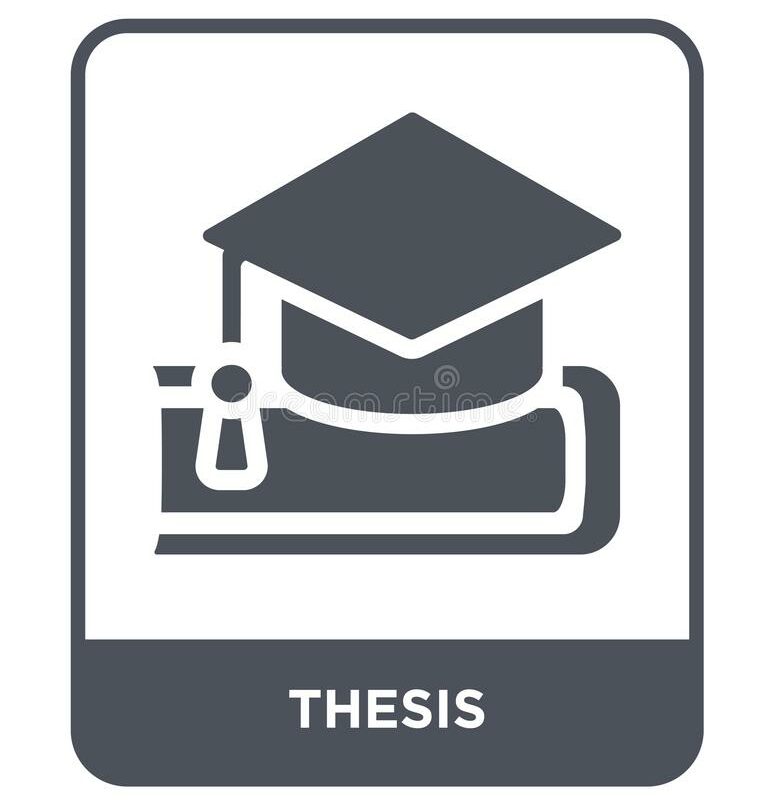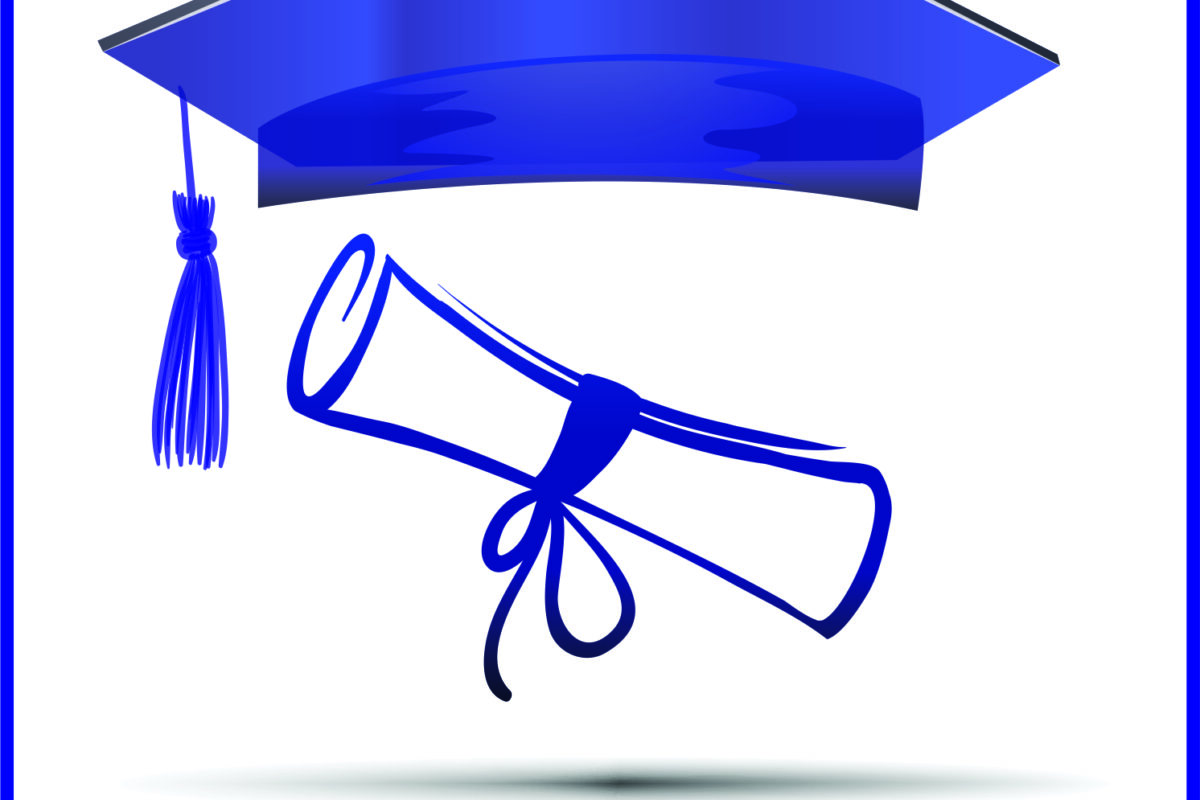- Chnar Mustafa Mohammed
- chnar.mustafa@epu.edu.iq
- 0750 172 1498
- Chnar_Thesis_Last V_December_11
-
Emerging fifth-generation mobile communication (5G) networks require high reliability, low latency, enhanced network capacity, and robust security. Managing Radio Access Network (RAN) infrastructure resources is challenging. Mobile service providers use Network Slicing (NS) to merge multiple services into an integrated 5G infrastructure. NS incorporates Wireless Network Virtualization (WNV) to smoothly separate services and efficiently allocate resources, ensuring optimal infrastructure utilization and network separation. However, WNV enables virtual management of NS, but the 5G network struggles to support end-user devices, causing delays in network slice selection and meeting modern telecommunications needs.
This thesis proposes a new NS architecture using virtualization to dynamically manage service selection and revenue between users and virtual operators in the 5G architecture. The virtual 5G RAN architecture includes Infrastructure Providers (InPs) and Mobile Virtual Network Operators (MVNO), serving hundreds of User Equipment (UEs). The architecture comprises sub-systems, including a wireless air-interface system, an economic system, and optimization algorithms. A new mathematical model is derived to introduce dynamic Inter-User Interference (IUI) and calculate a realized UE channel gain. In addition, integrating an economic model allows comprehensive cost and benefit analysis. The complexity of dynamic resource allocation necessitates a dual-pairing approach, pairing UEs with MVNOs and distributing InP resources to UEs through pre-selected MVNOs. For this instance, Matching Game (MG) and Particle Swarm Optimization (PSO) algorithms are introduced to optimize UE resource allocation while maximizing revenue for InPs and enhancing user throughput.
Simulation outcomes demonstrate the robustness of both algorithms in cost optimization and improved user throughput. The MG algorithm generates revenue by accurately matching user demands, while the PSO algorithm
V
prioritizes equitable resource distribution and offers lower prices. Both algorithms show a similar increase in convergence time as the number of UEs rises, stabilizing around 100 iterations for 300 UEs. PSO demonstrates faster convergence in 30 seconds compared to the MG's 45 seconds. In MG, the establishment of users reaches 98%, indicating a high user admission rate, and with PSO, the user engagement comes to %92. The study emphasizes the importance of considering WNV in 5G networks for resource and revenue optimization in the virtual RAN. - Erbil Technical Engineering College
- Information Systems Engineering Department
- 5G Network Slicing Communications Engineering
- Saman Muhammad Omer
- saman.muhammad@uor.edu.krd
- 0750 245 4336
- An Efficient Cucumber Leaf Disease Diagnosis using Deep Learning Algorithms
-
In agriculture farming, pests and diseases are the most imperative factor that affects cucumber leaves. Farmers around the globe are currently facing difficulty in recognizing various cucumber leaf diseases. Unfortunately, current manual techniques to diagnose and detect cucumber leaf diseases consumes a large amount of human resources, subjective, laborious and exhibits poor real-time performance. Therefore, there is a demanding need for an effective algorithm that enables the diagnosis of cucumber leaf diseases and pests. This dissertation intends to propose and improve a model using deep learning techniques for the diagnosis and detection of cucumber leaf disease. Throughout the study, various challenges and issues have been identified, necessitating resolution. Foremost, reliable public dataset for real-world scenarios involving cucumber leaf disease images are currently lacking. Secondly, there is a need for an efficient convolutional neural network (CNN) algorithm to effectively balance the trade-off between classifying cucumber leaf diseases and performance. Thirdly, you only look once (YOLOv5) model has raised concerns related to time consumption, storage complexity, low detection accuracy, and limited ability to detect small symptom diseases.
Thus, a new dataset of cucumber leaf disease and pest has been constructed that includes two pests (spider, and leaf miner), two fungal diseases (downy mildew, powdery mildew), one viral disease, and healthy class leaves in a real-world scenario. The dataset has a total of 4868 images. Furthermore, this PhD dissertation focuses on proposing a new CNN algorithm with tuning of hyper-parameters to optimize the model’s performance that comprises image enhancement, feature extraction, and classification. Data augmentation was used to enlarge the datasets and reduce overfitting, while CNN layers were employed to automatically extract features. Then, five cucumber leaf diseases and one healthy leaf are classified. Moreover, an improved YOLOv5 model for precise detection of cucumber leaf disease and pest symptoms was developed. With the aim of reducing the model's size, modifications were applied to the model's hyper-parameters. Additionally, the BottleneckCSP module replaced the C3 module in both the backbone and neck network sections. The detection impact was notably enhanced through the reductions in parameters, number of layers, and computations; in addition to that, the improved model demonstrates the ability to detect even small leaf disease and pest spots. Furthermore, the integration of the convolutional block attention module (CBAM) into both the enhanced and standard YOLOv5l models further demonstrates the effectiveness of the proposed model.
The study evaluated the effectiveness of the proposed CNN model by comparing it to pre-trained models (AlexNet, Inception-V3, and ResNet-50). The experimental results confirmed that the proposed CNN algorithm outperformed the other algorithms in recognizing cucumber disease and healthy leaves, based on both datasets with and without data augmentation. The proposed CNN achieves a recognition accuracy of 98.19% with the augmented self-made dataset and 100% with cucumber plant disease dataset. Furthermore, The experimental results of the detection system indicated that the improved YOLOv5 model achieved a mean average precision (mAP) of 80.10%, along with precision and recall rates of 73.8% and 73.9%, respectively. In a comparative analysis, the improved YOLOv5 model demonstrated superior performance to the original YOLOv5l, YOLOv5n, YOLOv5s, YOLOv5m, and YOLOv5x networks. It also achieved significant reductions in storage complexity, decreasing from 92.8 MB to 13.6 MB, and in training time, reducing from 4 hours and 41 minutes to 2 hours and 58 minutes.
- Erbil Technical Engineering College
- Information Systems Engineering
- Deep learning algorithms
- Bashir Eskander Kareem
- bashir.kareem@epu.edu.iq
- 0750 113 4682
- P.hD. [Bashir Eskander Kareem]
-
Global energy consumption has risen over the past decade, driven by the growth in population and the economy. The building sector is the largest energy consumer, accounting for 40% of total energy and causing one-third of CO2 emissions. Half of building energy consumption goes to HVAC systems. Thermal energy storage offers an excellent method for providing sustainable energy that can be utilized for free cooling, heating, and ventilation in buildings.
The free cooling system stores thermal energy in thermal energy storage during the night and utilizes it throughout the day. Latent heat thermal energy storage is recommended due to its high energy capacity, minimal impact on temperature and volume changes. The primary challenges associated with integrating PCM in free cooling systems pertain to the thermophysical properties of PCM itself and the system's reliance on climatic conditions.
In hot climates, solidifying PCM may encounter challenges. As a potential solution, there is a proposal to incorporate an evaporative cooling system with a PCM-to-air heat exchanger, with the goal of facilitating the PCM solidification process.
In this study, the enthalpy method has been employed in the CFD model for the PCM-to-air heat exchanger, and the EES model has been utilized for the entire system. The system consists of a multi-stage evaporative cooler and a PCM-to-air heat exchanger. According to the CFD findings, the melting and solidification time is reduced with decreasing PCM panel thickness, decreasing air channel height, increasing PCM panel length, and higher flow rate of HTF. The main parameter to change melting and solidification time is the temperature difference between HTF and PCM’s melting temperature.
The primary objective of this study is to design, construct, and develop a cooling and ventilation system that incorporates both evaporative cooling and a PCM-to-air heat exchanger.
The system employs organic paraffin-based PCMs-RT21HC and RT25HC, arranged in series to reduce melting and solidification durations. Experimental and numerical findings demonstrate that starting with PCM RT21HC in the heat exchanger reduces solidification time, while initiating with PCM RT25HC shortens the melting time. Also, the results clearly demonstrate that the solidification time is significantly longer compared to the melting time. PCMs completely melt in less than 4 hours, whereas PCM-RT21HC does not solidify completely even after 12 hours.
Utilizing PAHX without a cooling system can provide thermal comfort for less than 4 hours, but when combined with evaporative cooling, the PCMs can solidify, enabling the system to operate continuously and effectively.
The system offers cooling and ventilation, effectively extending indoor thermal comfort by stabilizing the outlet air temperature through the use of PCM to air heat exchanger. Typically, the supply air temperature to the conditioned space ranges between 21 to 25°C.
- Erbil Technical Engineering College
- Mechanical and Energy Engineering
- Thermo-fluid
- Sally Afram Polus
- sally.polus@epu.edu.iq
- 0750 766 6511
- Ph.D._Sally Afram Polus
-
A solar tracking system with an effective cooling technique is developed
and implemented in this study, because the solar irradiance, temperature and
dusty climate condition affected on the output of photovoltaic panel. A single
east-west solar tracking system incorporating a monocrystalline panel and a
front surface spray water cooling system was conducted and compared to a
fixed reference panel with an inclination angle 36° facing south. An appropriate
cooling system was developed with six nozzles placed on top, left and right
side of the panel, to ensure that the panel’s front surface is covered with water
from all orientations. Two different types of spray water cooling were
performed; first by adjusting the panel surface temperature (35 °C, 40 °C and
45 °C), through adjustable water flow rate, and the second was fixing the water
volume flow rate at (2 l/min, 3 l/min, 4 l/min and 5 l/min). This experiment was
conducted during the summer season of the year 2022 in Erbil, Iraq (latitude
36.191° and longitude 44.009°).
A simulation study was also conducted using ANSYS Fluent R19.2. The
experimental study demonstrated a maximum electrical efficiency
improvement reaching 9.9% which was recorded as an enhancement compared
to the fixed reference panel by using the solar east-west tracking system. While
tracking with a cooling system at 35 °C set point temperature has resulted in an
improvement in efficiency up to 25.11%. Another parameter that has been
optimized is the cooling water consumption. The optimal cooling setting
temperature was determined at a surface temperature of 40 °C. Alternatively,
upon the incorporation of a cooling system to the PV panel at setpoint
temperatures of 45 °C, 40 °C, and 35 °C, without the integration of a solar
tracking system, improvements of 18.25%, 19.94%, and 22.82% were achieved
in electrical efficiency, respectively. When the solar radiation exceeds the
power at standard operating conditions, even if the panel temperature is higher
VIII
than that of the standard test, the PV panel is able to produce the same power
as the standard test of 210 W. Additionally, integrating a solar tracking system
with cooling at a water volume flow rate of 2 L/min resulted in double the
power production compared to a fixed panel cooled at the same flow rate. This
model demonstrates that the performance of a photovoltaic panel decreased by
only 0.2-0.3% when the surface temperature increased by 5 °C within a range
of 25 to 40 °C.
The simulation results indicated that the impact of the different variables
on both panel performance as well as temperature could be accurately predicted
and the temperature of the photovoltaic panel reduced significantly, leading to
an increase in power production. The contribution from the ANSYS fluent
simulation was that solar radiation intensity is the most influential factor on
cooled PV module power production, as by maximizing solar irradiance by 100
W/m2
, the power production will be increased by 16.6%. While increasing the
water flow rate at a lower water inlet temperature improved the performance of
the photovoltaic panel. This study provides insights essential for design and
implementation of efficient photovoltaic with front surface cooling. - Erbil Technical Engineering College
- mechanical and energy engineering department
- thermo fluid



